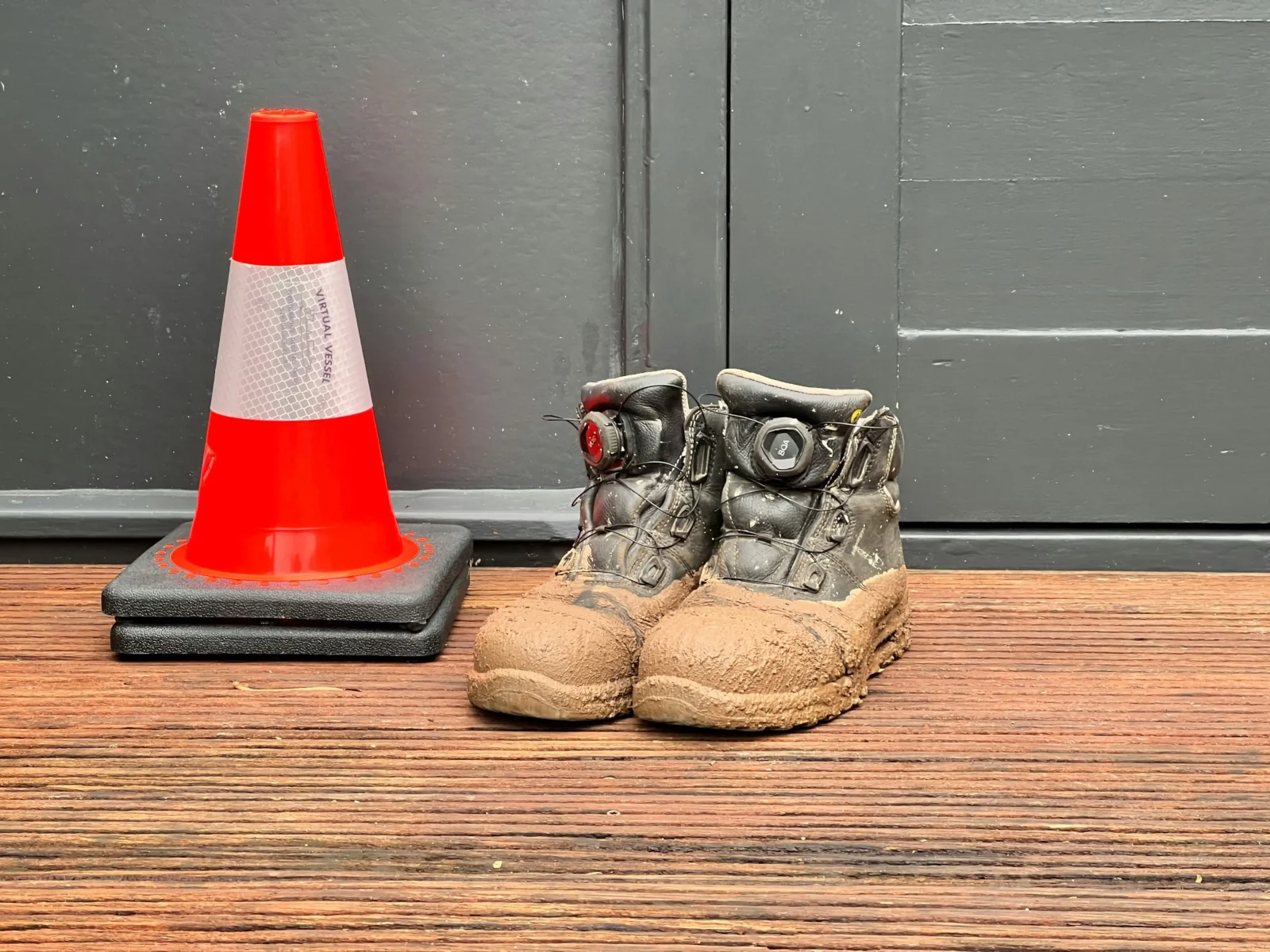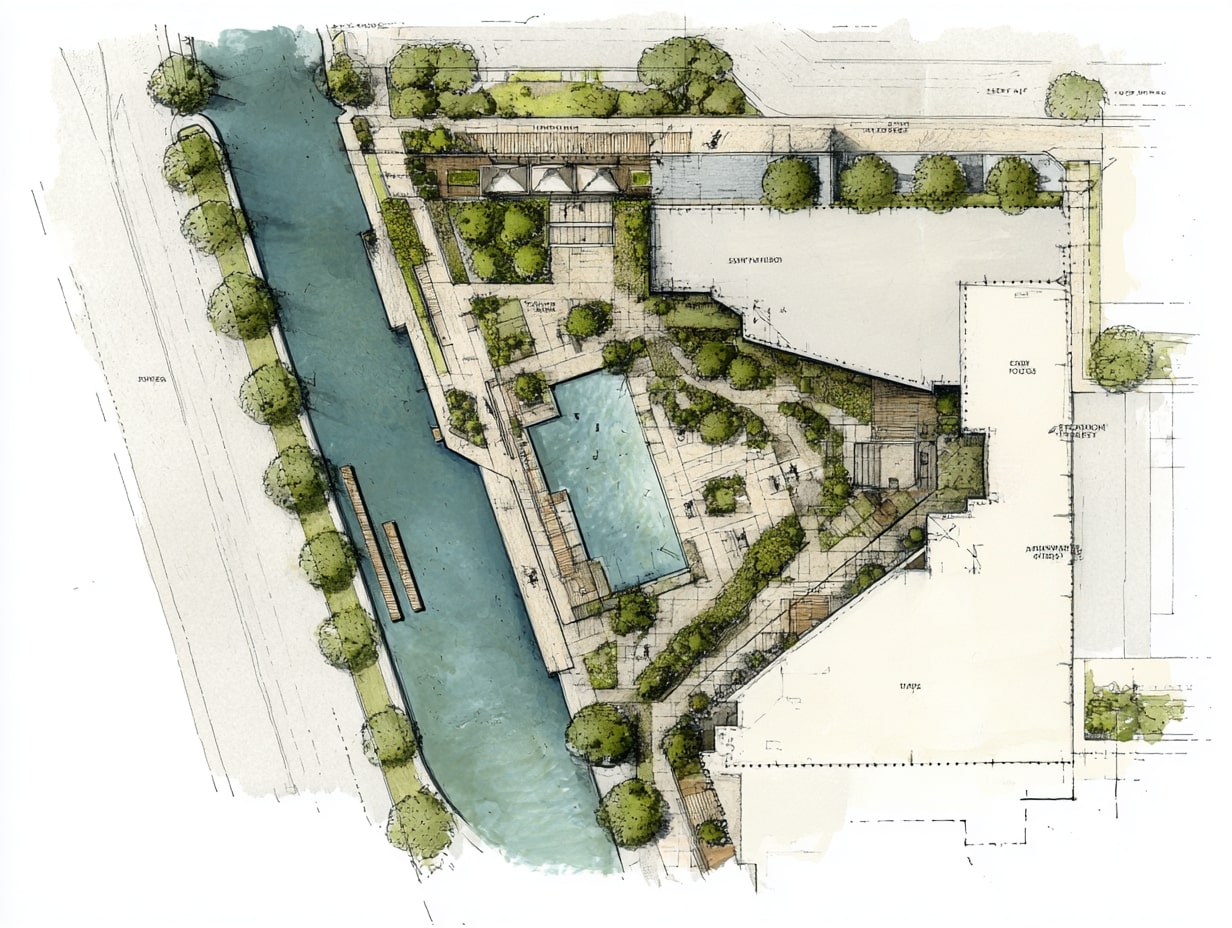- Home
- Articles
- Architectural Portfolio
- Architectral Presentation
- Inspirational Stories
- Architecture News
- Visualization
- BIM Industry
- Facade Design
- Parametric Design
- Career
- Landscape Architecture
- Construction
- Artificial Intelligence
- Sketching
- Design Softwares
- Diagrams
- Writing
- Architectural Tips
- Sustainability
- Courses
- Concept
- Technology
- History & Heritage
- Future of Architecture
- Guides & How-To
- Art & Culture
- Projects
- Interior Design
- Competitions
- Jobs
- Store
- Tools
- More
- Home
- Articles
- Architectural Portfolio
- Architectral Presentation
- Inspirational Stories
- Architecture News
- Visualization
- BIM Industry
- Facade Design
- Parametric Design
- Career
- Landscape Architecture
- Construction
- Artificial Intelligence
- Sketching
- Design Softwares
- Diagrams
- Writing
- Architectural Tips
- Sustainability
- Courses
- Concept
- Technology
- History & Heritage
- Future of Architecture
- Guides & How-To
- Art & Culture
- Projects
- Interior Design
- Competitions
- Jobs
- Store
- Tools
- More
4 Tips for Optimizing Space for Your Healthcare Practice

The healthcare industry thrives on efficiency and providers will need to be forward-thinking in the way they structure their practices. Aside from acquiring the latest equipment and adopting new diagnostic and treatment methods, healthcare practitioners and institutions should also double down on other areas that affect service delivery and quality. Not many know this, but how healthcare facilities are plotted and designed significantly impacts patient satisfaction and clinical outcomes.
No matter what area you specialize in, it matters to acknowledge how space optimization influences your practice. Effective planning makes all the difference in making sure you get the results you need from the time and money you invest in your practice. Here’s a quick guide to keep in mind as you plan out your facility that maximizes space:
Table of Contents
Toggle1. Understand space optimization
Before committing to any plan, you should determine your main goal for the overall design of your facility. You need a clear direction and illustration of what the final layout would look like and, more importantly, what it’s expected to achieve. Comprehensive planning serves a key role in this as it allows you to focus on elements that optimize efficiency without going over budget.
You may want to focus more on creating enough space for patient flow and ensuring unhampered movements among your staff. Physical bottlenecks could affect productivity and patient and staff satisfaction, so it’s crucial to prioritize large spaces. This should help enhance the functionality of your facility and still provide you with enough room to customize the design.
2. Make the most of vertical spaces
The main challenge healthcare providers face when building their facilities is knowing how to maximize as much space as their budgets allow. Considering how high real estate prices have increased, you may have to settle for affordable spaces that may not be large enough to accommodate your staff and equipment.
Solutions may come in the form of wall-mounted shelves and cabinets complete with drawers that accommodate a wide range of smaller items. Some facilities may also make use to cabinets that are thin enough for storing laboratory equipment, which can be handy for diagnostic clinics. Glass enclosures for storing specimens are also ideal if you’re provided with barely enough space for larger storage furniture.

3. Opt for modular furniture
Over the past years, there has been a growing interest in the use of modular furniture among homeowners. This interest has expanded to commercial areas as well as the healthcare sector, where institutions and private practices seek space-saving solutions. Consider shopping around for storage solutions and furniture you can conveniently conceal.
These may include chairs and desks that can be folded or hidden using secret doors or panels. In addition, these are particularly useful if you’re opting for a more functional and intuitive layout for your clinic or facility, allowing for a space that’s easy to maintain and clean.
4. Consult with a professional with experience in the healthcare sector
It might seem easy to follow the trends that pervade the healthcare industry but achieving the results you want will still depend on professional input. It’s always a good idea to seek out an architectural and interior design professional who has a background working for clients in the healthcare sector.
An expert can suggest layouts and design elements that not only improve patient flow but also create a more productive atmosphere for your staff and ensure enough space for essential equipment.
Endnote
As you consider building a clinic or a facility for your practice, consider the significant impact indoor spaces have on efficiency. Only then will you make the right design choices that deliver the outcomes you expect.
illustrarch is your daily dose of architecture. Leading community designed for all lovers of illustration and #drawing.
Submit your architectural projects
Follow these steps for submission your project. Submission FormLatest Posts
Understanding Site Safety Footwear in Architectural Practice
Architecture is often discussed through drawings, models, and finished buildings, yet a...
General Arrangement Drawings in Architecture: The Backbone of Clear Design Communication
General Arrangement Drawings explained: what they are, when to use them, how...
The Ultimate Guide to Fencing in North Dakota: Choosing the Best Fence for Your Property
Watching a chain link fence twist in 70 mph winds near Minot...
Gaudí: Where Architecture Meets Science
Gaudí: Where Architecture Meets Science shows catenary arches, ruled surfaces, and biomimicry...












Leave a comment